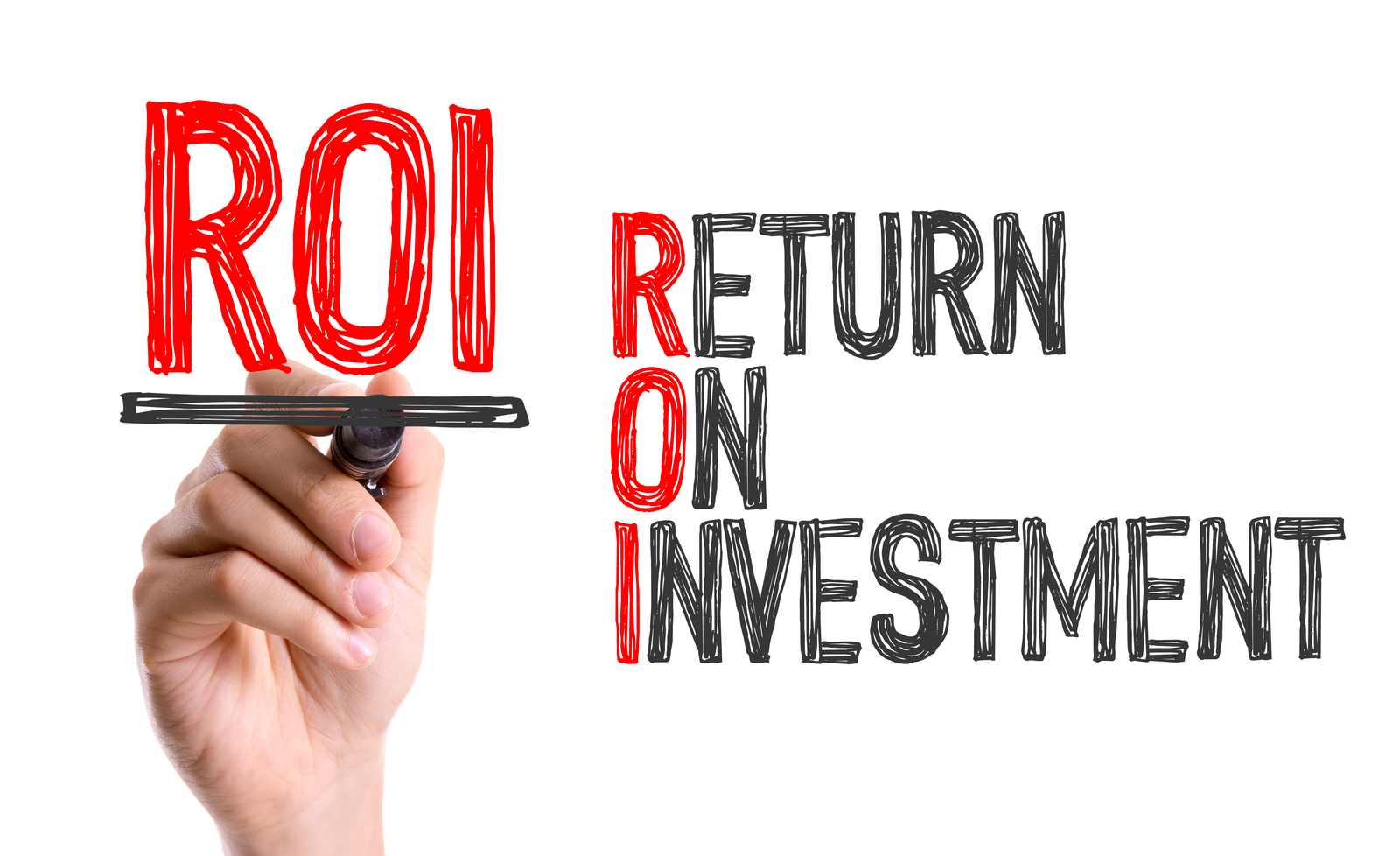 Here at Comfort First Products, our business is keeping your employees healthy. Studies have increasingly shown that efforts toward employee health and wellness payback in a multitude of ways, reducing health care costs and employee sick days.
Here at Comfort First Products, our business is keeping your employees healthy. Studies have increasingly shown that efforts toward employee health and wellness payback in a multitude of ways, reducing health care costs and employee sick days.
Did you know that over thirty years in one building, 92% of building costs are personnel expenses? It turns out the human capital, and not just real estate is usually a company’s largest expense.
Krystal O’Hara and Katie Fink at Facilities.net, have recently been reporting on how investing in the health and wellness of your employees can have a positive effect on your bottom line.
Their article, titled: “Payback: The ROI on Facility Health and Wellness Strategies” includes the findings of a Harvard study with showed that for every dollar spent on wellness programs, medical costs are decreased by $3.27 and absenteeism falls $2.73. There aren’t many more programs out there with such profitable returns. Here at Comfort First Products, our air vent deflectors like the Comfort First Filtered Diffuser or the Control-A-Flow help maintain employee health in two distinct ways. Firstly, they redirect cold drafty air from overhead vents away from employees who are freezing at their desks. Secondly, they feature filtration up to MERV 14, capable of trapping harmful bacteria, mold, and allergens like pollens and dust. These two features work synergistically to improve employee health, happiness and productivity, all assisting the bottom line as described in their article.
The reason employers are investing more and more into indoor air quality are well summed up in the Facilities.Net article, “Some may see the improvement of employee productivity or reduction of absenteeism through healthy buildings as a significant return on investment. Others seek to attract and retain talent while reducing employee turnover. Some value higher leasing rates and building sales. And still others need to see the return on Wall Street.”
